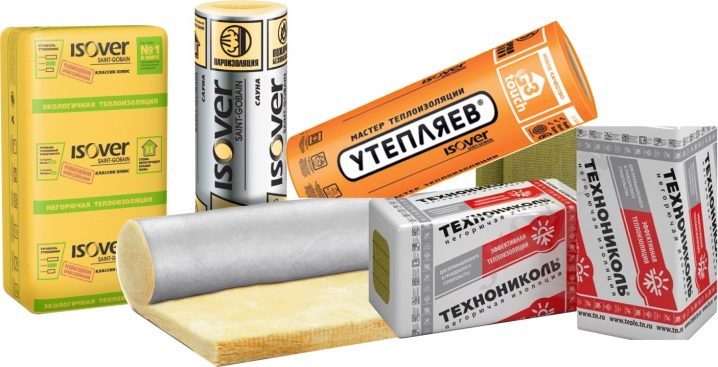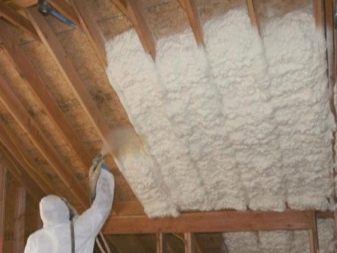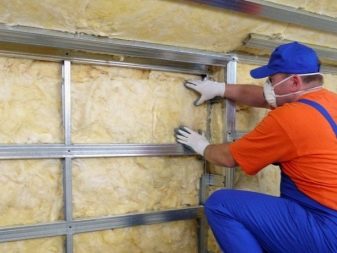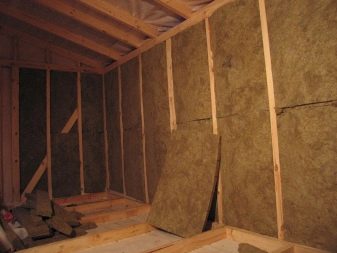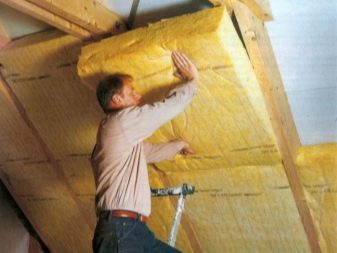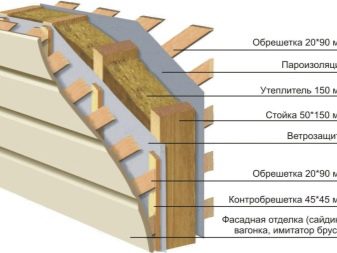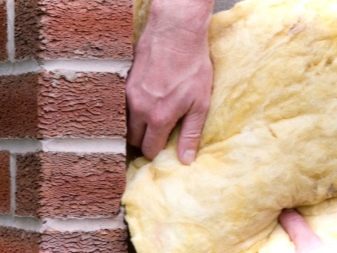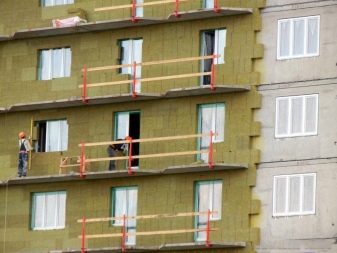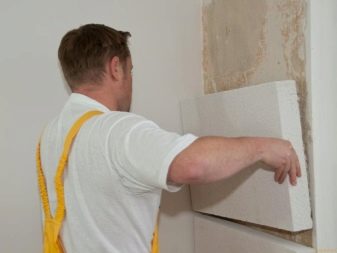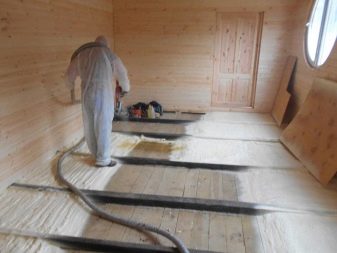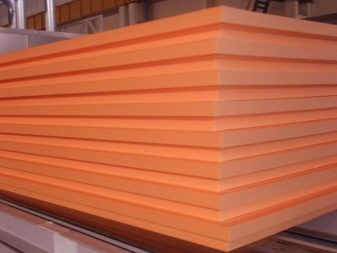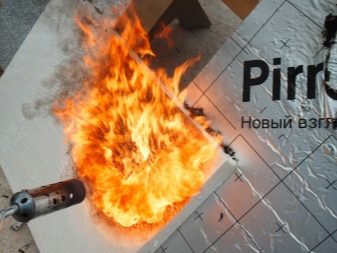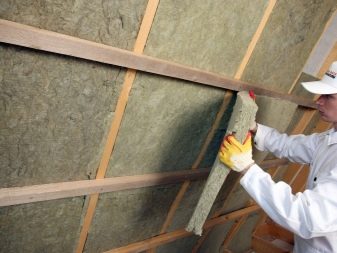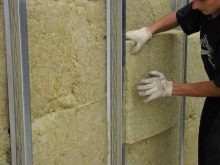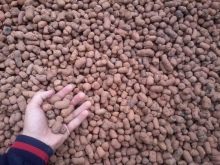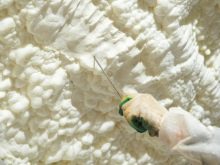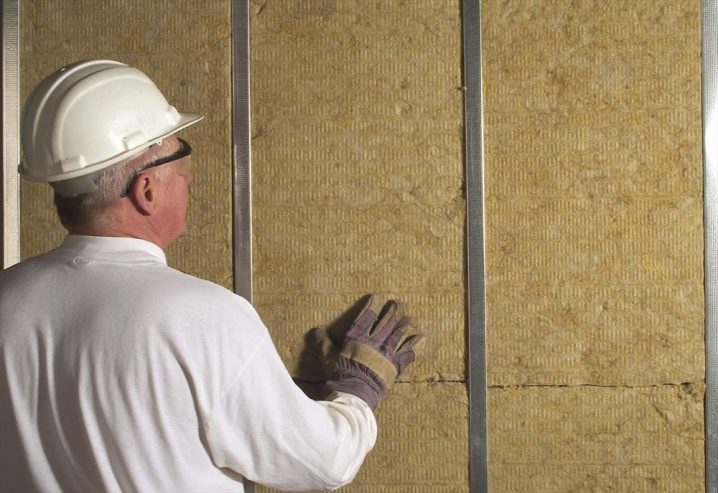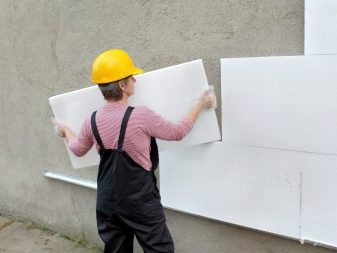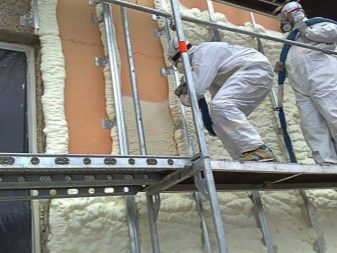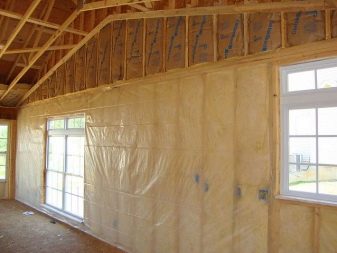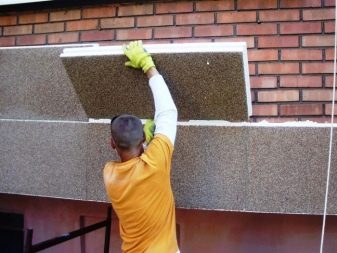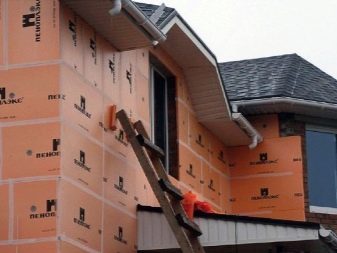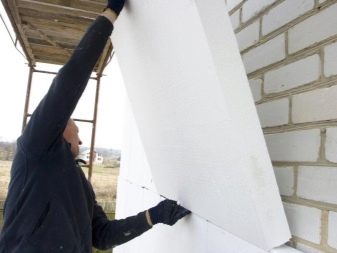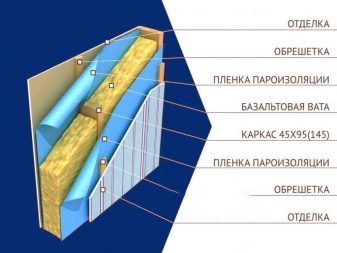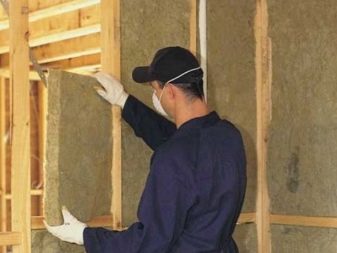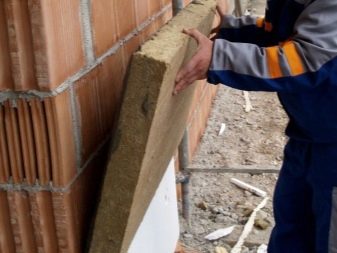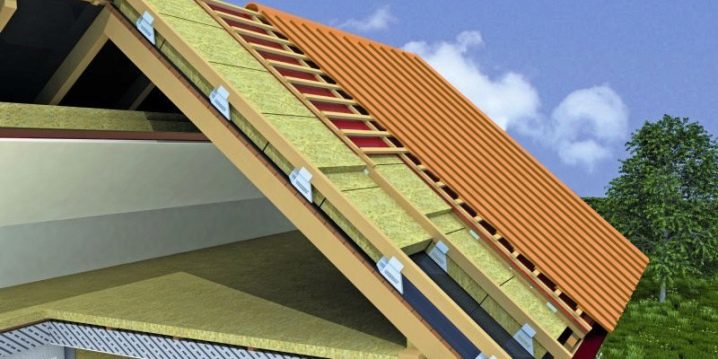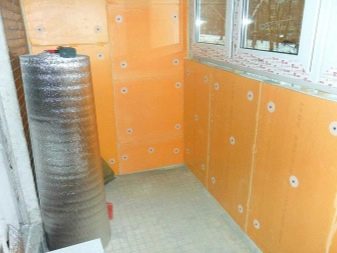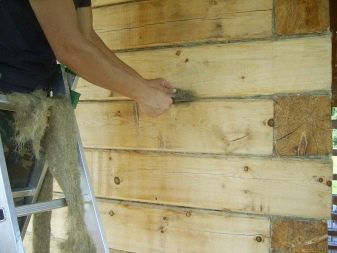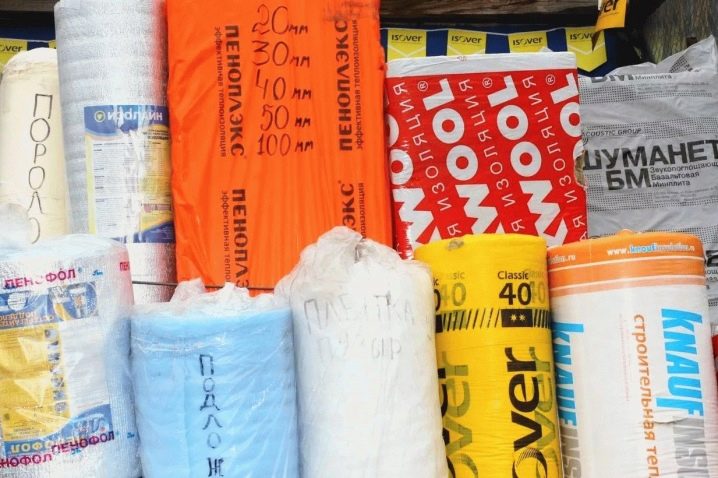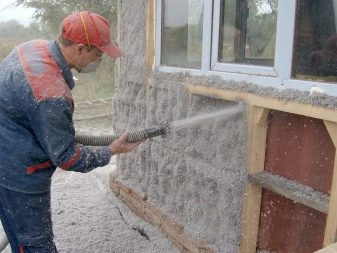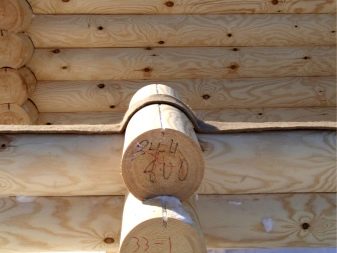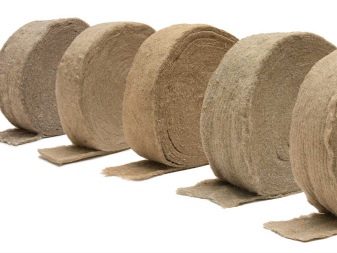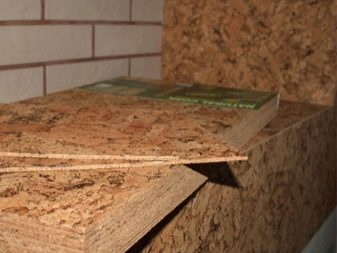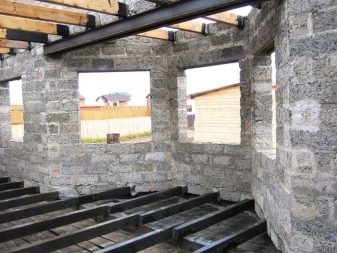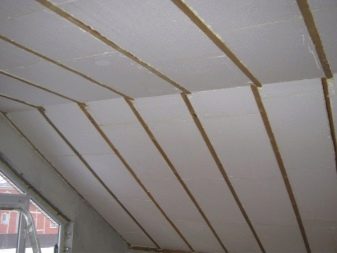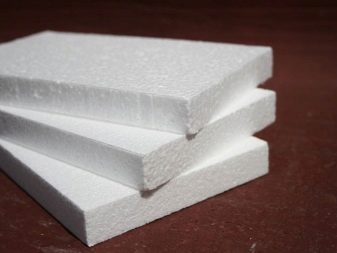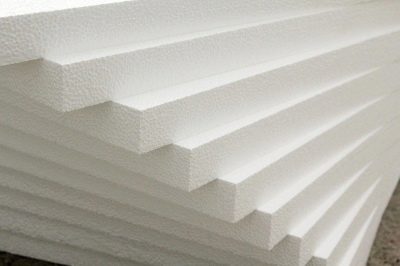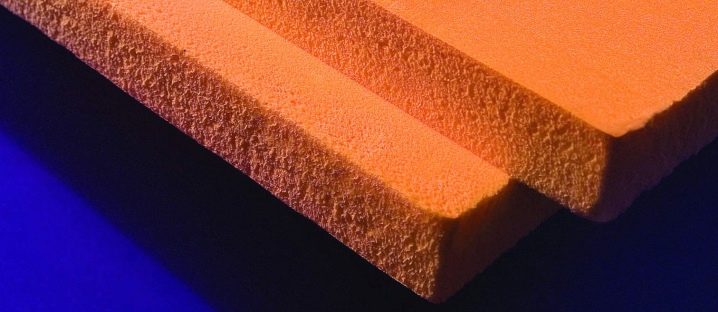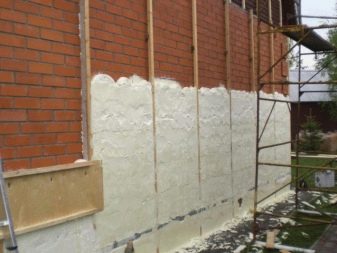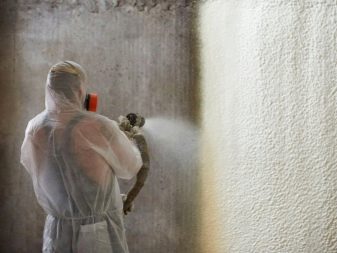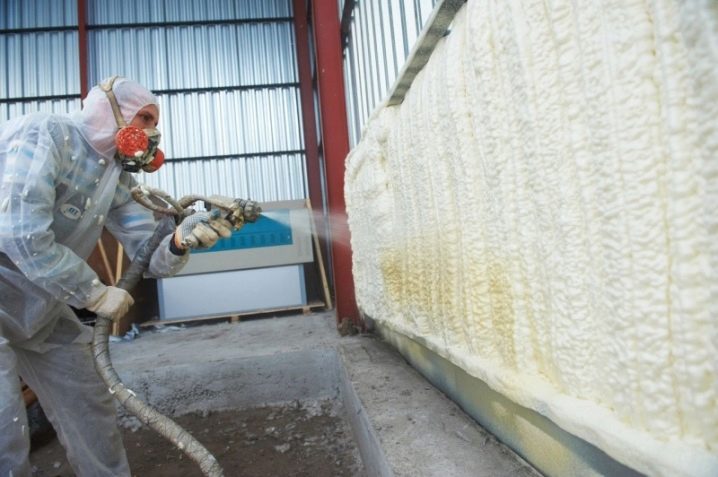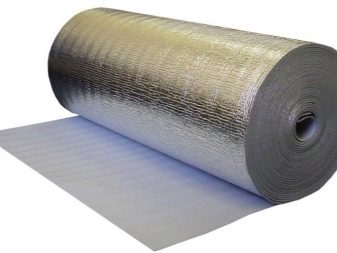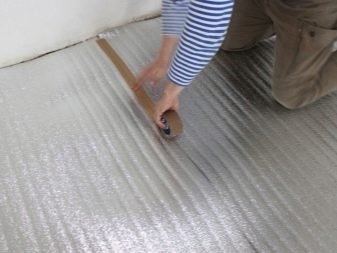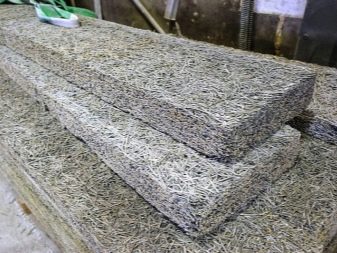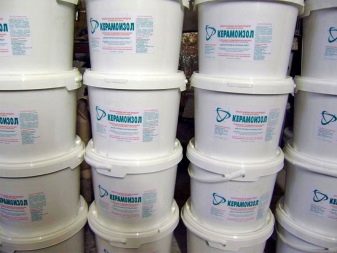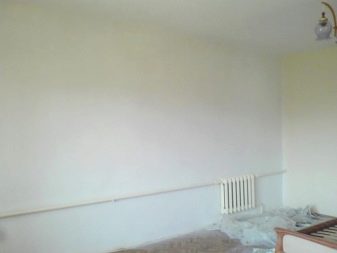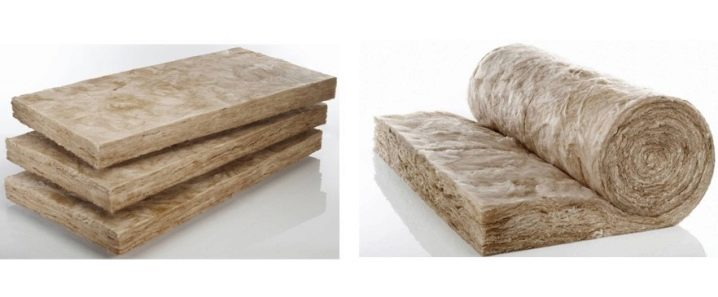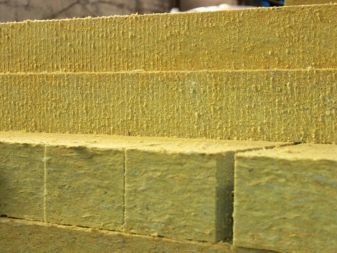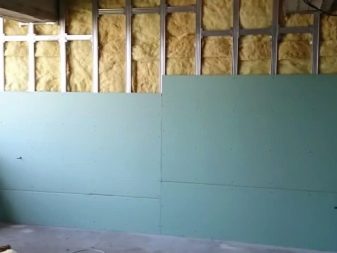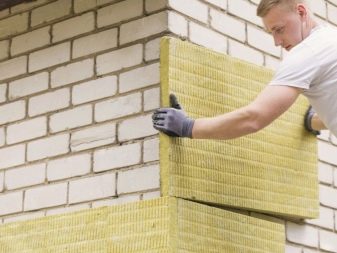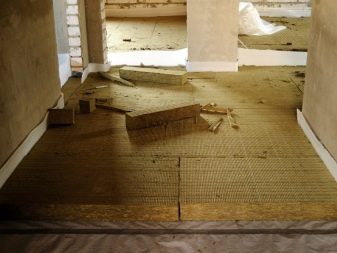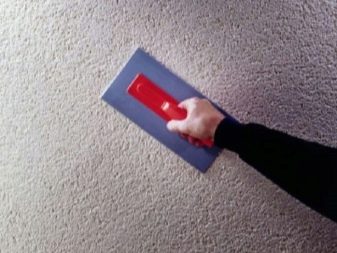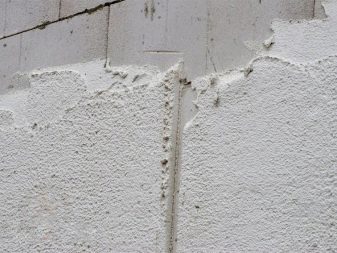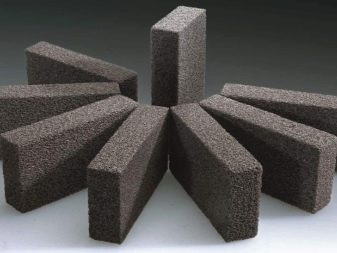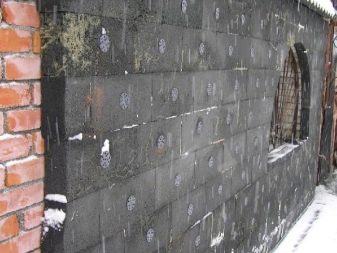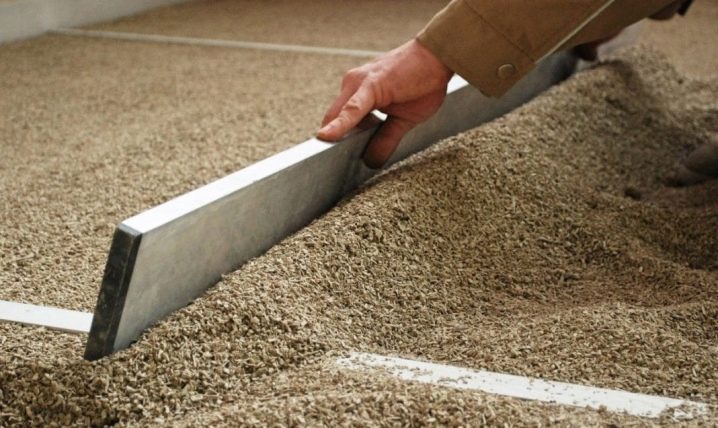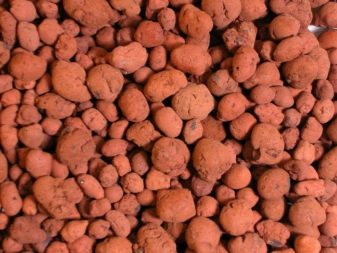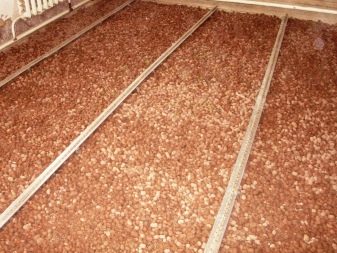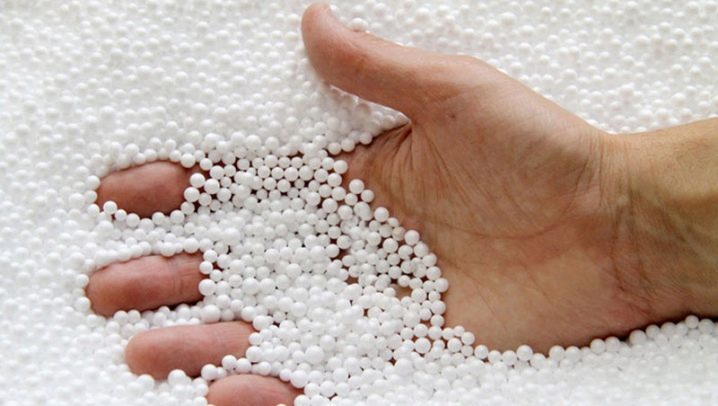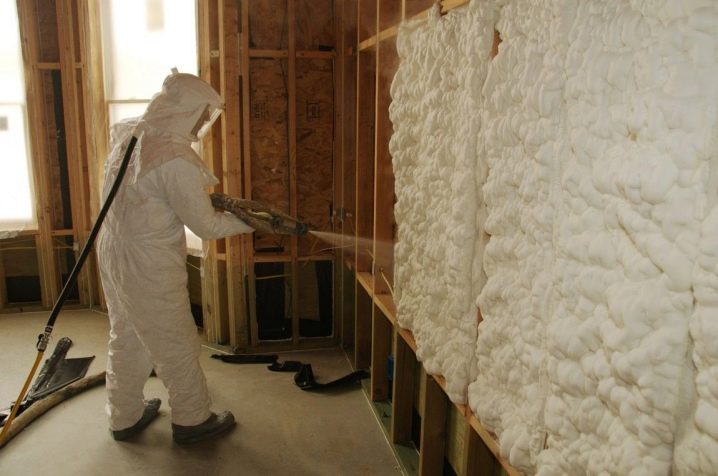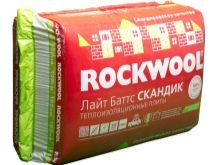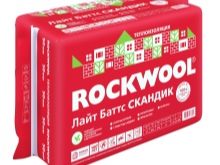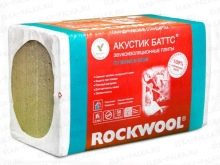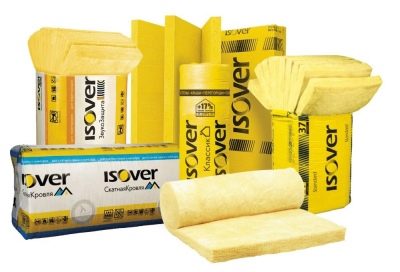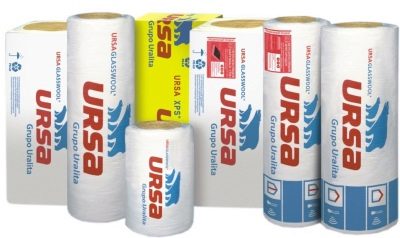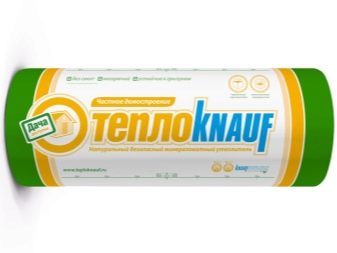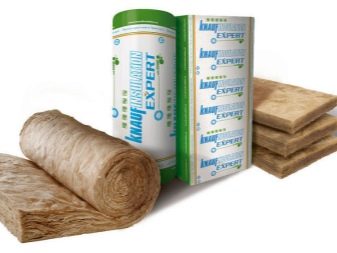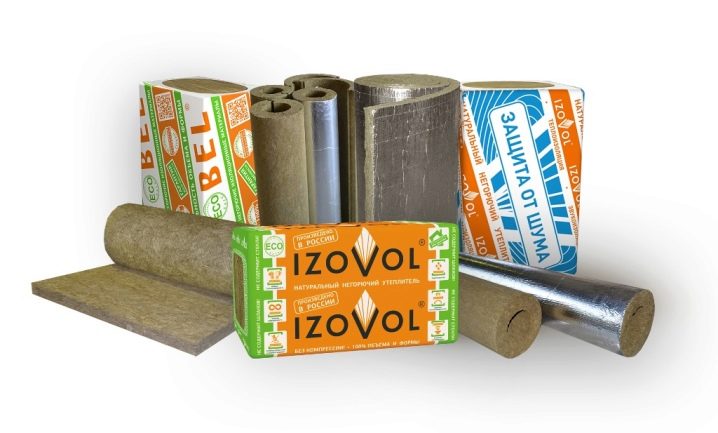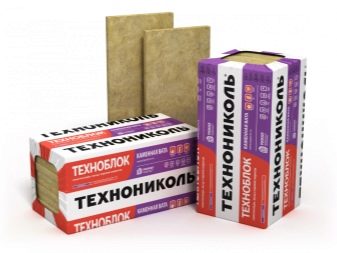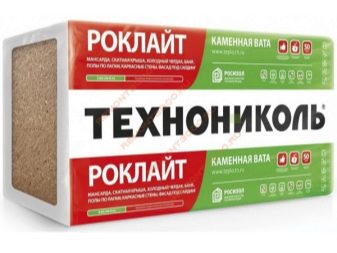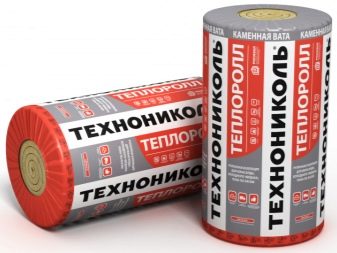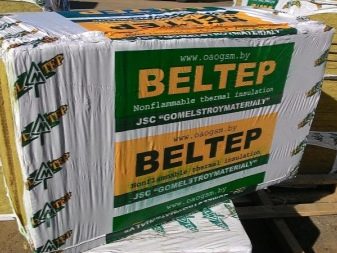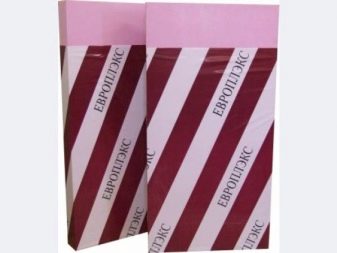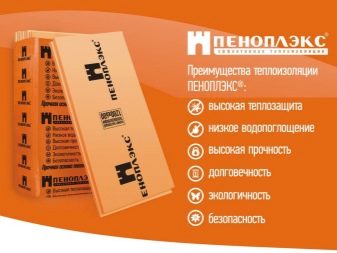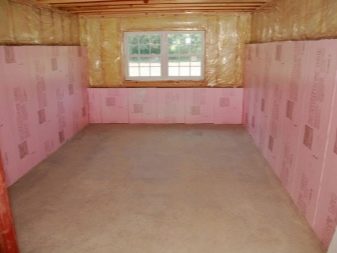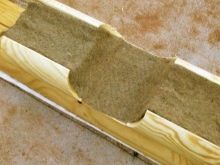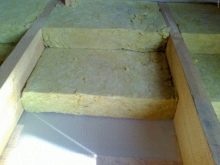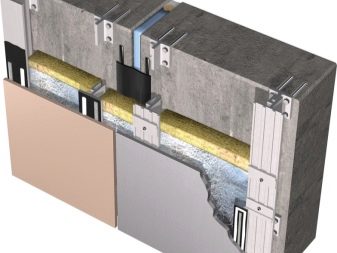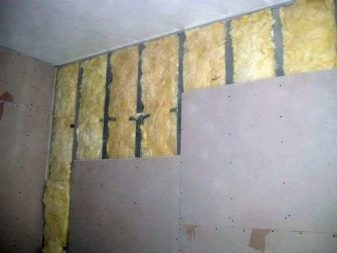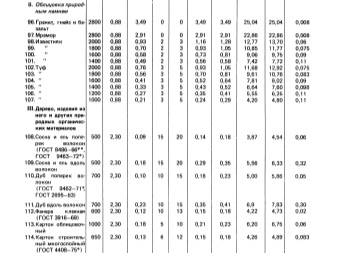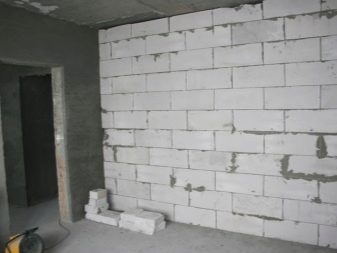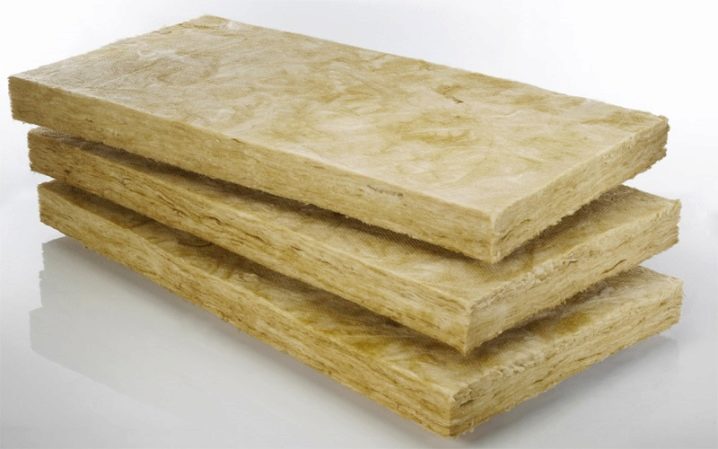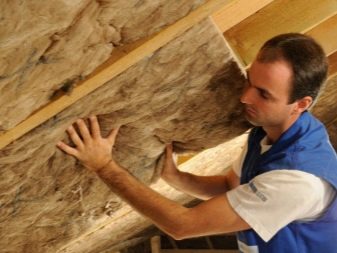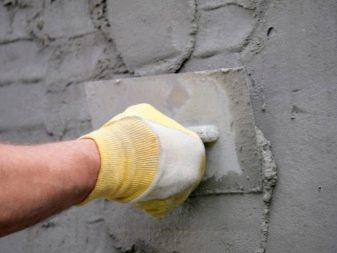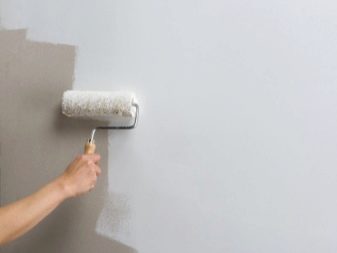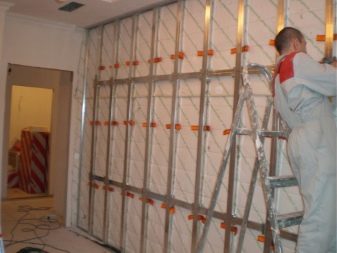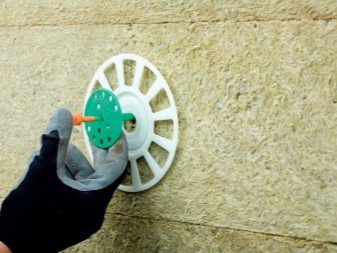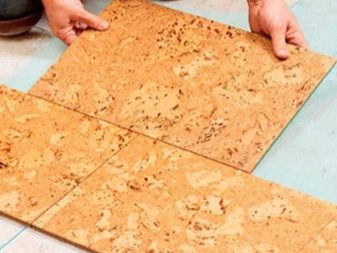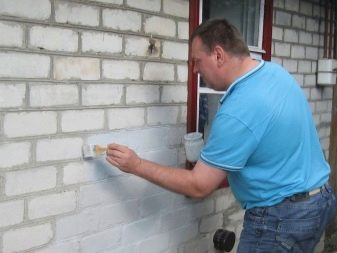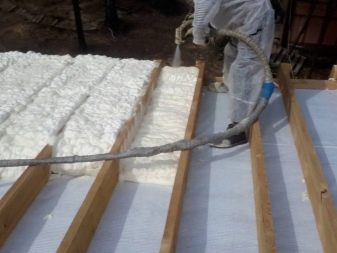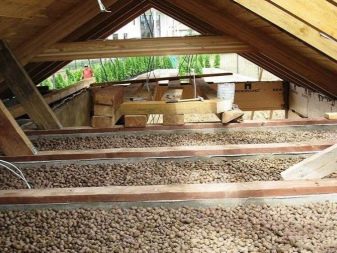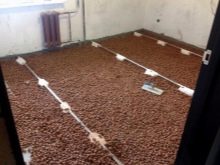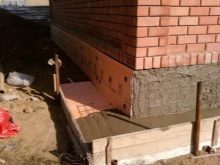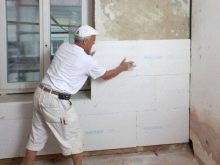Insulation: types and features of materials
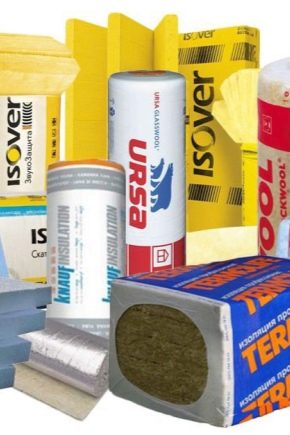
The issue of building insulation today is particularly relevant. On the one hand, there are no major problems with the acquisition of thermal insulation material - the construction market offers many options. On the other hand, it is precisely this diversity that gives rise to the problem - which insulation to choose?
What it is?
The problem of thermal insulation of modern buildings (especially urban new buildings) today is particularly acute. Thermal insulation is the structural elements that reduce the heat transfer performance of materials and the structure (unit) as a whole.
Thermal insulation is also understood as a process that prevents the thermal energy of a structure (refrigeration equipment, heating mains, etc.) and buildings from mixing with the external environment. In other words, the insulating layer has the effect of a thermos.
Thermal insulation provides a comfortable indoor climate, keeping it warm in the cold season and saving from excessive heat on hot days.
Using insulation, you can reduce the cost of electricity up to 30-40%. In addition, modern insulation materials for the most part have sound insulation properties. A fairly common practice in the construction of a private house is the use of materials that are both insulating and structural element of the walls and floors.
Depending on thermal conductivity, the following classes of thermal insulation materials are distinguished:
- class A - materials with low thermal conductivity in the range of 0.06 W / m kV. and below;
- class B - materials with an average thermal conductivity, the indices of which are 0.06 - 0.115 W / m kV .;
- class C - materials with high thermal conductivity equal to 0.115 -0.175 W / m kV.
There are many ways to install insulation, but they all belong to one of these technologies:
- Monolithic wall - is a brick or wooden partition, the thickness of which for heat efficiency should be at least 40 cm (depending on the region).
- Layered "pie" - the method in which the insulation is located inside the wall, between the outer and outer partitions. The implementation of this method is possible only at the construction stage or when facing the facade with brickwork (if the strength of the foundation allows or there is a separate foundation for laying).
- Outdoor insulation - one of the most popular, due to its efficiency, method, which implies covering the outer walls with insulation, after which they are covered with facade materials. The organization of the ventilated facade allows to increase the heat-insulating indicators, when there is an air gap between the wall with insulation and facade decoration. The method necessarily involves the use of vapor-permeable and hydroprotective coatings and films.
- Internal insulation - one of the most difficult and less effective in comparison with external way of warming. It assumes the warming of surfaces from the inside of the building.
Specifications
All types of insulation are characterized by certain properties. The following are common:
- Low thermal conductivity. Indicators of thermal efficiency are key when choosing insulation. The lower the thermal conductivity coefficient (measured in W / (m × K) indicates the amount of thermal energy passing through 1 m3 of dry insulation at a temperature difference of 10 ° C), the less heat loss the material has. The warmest is polyurethane foam having a coefficient of thermal conductivity of 0.03. The average is about 0.047 (thermal conductivity of polystyrene foam, mineral wool brand P-75).
- Hygroscopicity. That is, the ability of insulation to absorb moisture. High-quality insulation does not absorb moisture or absorbs its minimum amount. Otherwise, do not avoid wetting of the material, which means the loss of the main property (heat efficiency).
- Vapor barrier. The ability to pass water vapor, thereby ensuring an optimal level of humidity in the room and keeping walls or other working surfaces dry.
- Fire resistance Another important characteristic of insulating material - resistance to fire.Some materials have a high fire hazard, their burning temperature can reach 1000 degrees (for example, basalt wool), while others are extremely unstable to high temperatures (expanded polystyrene). Modern heaters are mostly self-extinguishing materials. The appearance of an open flame on their surface is almost impossible, and if it does occur, the burning time does not exceed 10 seconds. During combustion, no toxins are emitted, the weight of the material during combustion is reduced by at least 50%.
Speaking of fire resistance, burning toxicity is commonly mentioned. The best material is that, even when heated, it does not emit dangerous toxic compounds.
- Environmental friendliness. Ecological safety is especially important for materials used indoors. The key to environmental friendliness is usually the natural composition. So, for example, basalt insulation, which is considered safe from the point of view of environmental friendliness, is made from recycled rocks, expanded clay - from sintered clay.
- Sound insulation characteristics. Not all thermal insulation materials can be used for noise insulation.However, most of them have both of these properties, for example, mineral wool insulation, polyurethane foam. But widely used expanded polystyrene does not give the effect of sound insulation.
- Biostability Another criterion important for the customer is biostability, that is, the material's resistance to the effects of mold, fungus, the appearance of other microorganisms, rodents. The strength and integrity of the material, and hence its durability, directly depend on biostability.
- Resistance to deformation. Insulation must withstand the load, since it can be located on the floor surface, loadable structural elements, between partitions. All this dictates the requirements for its resistance to stress and strain. Persistence is largely dependent on the density and thickness of the material.
- Durability. The duration of operation largely depends on the thermal efficiency, moisture resistance, vapor permeability and biostability of the material. Quality products (for example, polyurethane foam, basalt wool) are given a long enough, up to 50 years warranty. Another factor in durability - compliance with installation technology and operating conditions.
- Easy installation and installation. Most heaters have a convenient form of release - in mats, rolls, sheets. Some of them are easily fixed on the heat-insulated surface, without requiring special skills and equipment (foam sheets), while others require compliance with certain installation conditions (for example, when working with mineral wool insulation, it is necessary to protect the respiratory organs, hands).
There are also these types of insulation, installation of which is possible only by specialists who have special equipment (for example, polyurethane foam is sprayed with a special unit, the employee must use a protective suit, goggles and a respirator).
Types of jobs
Thermal insulation refers to the process of reducing heat loss to the calculated values (individual for each region and objects). This term is similar to the concept of "thermal insulation", which means the protection of an object from the negative exchange of thermal energy with the air environment. In other words, The task of thermal insulation works is to preserve the specified temperature indicators of the object.
The object may include residential and administrative buildings, industrial and engineering structures, medical and refrigeration equipment.
If we talk about the insulation of residential and industrial premises, then it can be external (another name - insulation of the facade) and internal.
Warming the exterior walls of residential buildings is always preferable to thermal insulation of internal parts. This is due to the fact that external insulation is more efficient; with internal insulation, there always remains 8-15% of heat losses.
In addition, the “dew point” with internal insulation is shifted inside the insulation, which is fraught with dampness, an increase in the humidity level of the room, mold on the walls, destruction of the wall surface, and finishing. In other words, the room is still cold (as a damp insulation can not prevent heat loss), but damp.
Finally, installing insulation from the inside takes up space, reducing the usable floor space.
At the same time, there are situations when internal insulation remains the only possible way to normalize the temperature. To avoid the unpleasant effects of thermal insulation allows strict adherence to installation technology. Be sure to take care of steam and waterproofing surfaces, as well as high-quality ventilation. A standard supply system is usually insufficient, it is necessary to install a forced air circulation system or use windows with special valves that provide air exchange.
To improve the efficiency of external insulation, they resort to the organization of a ventilated facade system or a three-layer system. In the first case, an air gap is maintained between the insulation and the facing material mounted on a special frame. The three-layer system is a wall covering erected by a well method, between which insulation is filled up (clay, perlite, ecowool).
As for the finishing, both a “wet” (building mixes are used) and a “dry” facade (fasteners are used) facade can be insulated.
Often, the room requires not only insulation, but also sound insulation. In this case, it is more convenient to use materials that possess both heat and sound insulating properties.
Speaking about the insulation of the house inside or outside, it is important to understand that the walls are not the only source of heat loss. In connection with this, it is necessary to isolate unheated attics and basements. When using an attic, you should consider a system of multi-layer insulated roofing.
In the implementation of internal insulation works, great attention should be paid to the joints between the floor and the wall, the wall and the ceiling, the wall and partitions. It is in these places that “cold bridges” are most often formed.
In other words, regardless of the type of work performed, it is important to remember that thermal insulation requires an integrated approach.
Variety of materials
All heaters, depending on the raw materials used are divided into:
- organic (have an environmentally friendly composition - waste from agricultural, woodworking industries, the presence of cement and some types of polymers is acceptable);
- inorganic.
There are also products of mixed type.
Depending on the principle of functioning of insulation are:
- reflective view - reduces heat consumption, directing thermal energy back into the room (for this, the heater is equipped with a metallized or foiled element);
- warning type - are characterized by low thermal conductivity, not allowing the release of a large amount of thermal energy beyond the insulated surface.
Let us consider in more detail the most popular types of organic insulation:
Ecowool
It is considered cellulose insulation, 80% consists of recycled cellulose. It is an environmentally safe material with low thermal conductivity, good vapor permeability and sound insulation.
To reduce the flammability of the material and increase its biostability allows the addition of flame retardants and antiseptics to the raw materials.
The material is poured into the interwall space, it is possible to spray onto flat surfaces by the dry or wet method.
Jute
A modern substitute for tow, traditionally used to reduce the heat loss of the interventure cracks in buildings made of timber. Available in the form of ribbons or ropes, in addition to high heat efficiency, does not require replacement even after the walls shrink.
Chipboard
Insulation, 80-90% consisting of small chips. The remaining components - resins, flame retardants, water repellents. It differs not only with good heat and sound insulation properties, it is eco-friendly, durable.
Despite treatment with water repellents, it still does not have high water resistance.
Bung
Heat insulator on the basis of cork oak bark, produced in the form of rolls or sheets.It is used only as an internal insulation. It acts as a base for wallpaper, laminate and other flooring. It can be used as a separate finishing coating due to an unusual, but noble appearance. Often they are warmed panel houses from the inside.
In addition to heat efficiency, provides sound insulation and decorative effect. The material is hygroscopic, therefore it can only be mounted on dry surfaces.
Arbolit
It is a block of wood chip concrete. Due to the wood in the composition has heat and sound insulating abilities, while the presence of concrete provides resistance to water, resistance to damage and strength of the material. It is applied both as a heater, and as independent building blocks. Received widespread in the role of material for frame-shield buildings.
The modern market for inorganic insulation materials is somewhat broader:
Styrofoam
There are 2 known modifications - foam (otherwise foam) and extruded. It is a set of combined bubbles filled with air.Material subjected to extrusion differs in that each air cavity is isolated from the next.
Polyfoam is suitable for external and internal warming, being characterized by high heat-insulating indicators. It is not vapor permeable, therefore it requires reliable vapor barrier. It is worth noting the low moisture resistance of the foam, which makes mandatory the installation of hydraulic protection.
In general, the material is affordable, lightweight, easy to cut and mounted (glued). For the needs of the buyer, plates of material are produced in various sizes and thicknesses. The latter directly affects the thermal conductivity.
At first glance, the foam is a worthy option insulation. However, it should be remembered that during operation it emits toxic styrene. The most dangerous - the material is subject to burning. Moreover, the fire is rapidly covering the foam, in the process of increasing temperatures are hazardous to human health compounds. This has led to a ban on the use of polystyrene for decoration of residential premises in some European countries.
Polyfoam does not differ in durability.Already 5-7 years after its use, destructive changes in the structure are found - cracks and cavities appear. Naturally, even small damage causes significant heat loss.
Finally, this material is quite loved by mice - they nibble it, which also does not contribute to long-term operation.
Extruded polystyrene is an improved version of the foam. And, although its thermal conductivity is somewhat higher, the material demonstrates the best indicators of water resistance and fire resistance.
Polyurethane foam
The heat-insulating material sprayed on the surface. It has the best thermal performance, thanks to the method of installation it forms a uniform hermetic layer on the surface, fills all cracks and seams. This becomes a guarantee of the absence of “cold bridges”.
In the process of spraying, the material releases toxic components, therefore it is applied only in a protective suit and respirator. As it solidifies, the toxins evaporate, so the material demonstrates complete environmental safety during the operation.
Another advantage is incombustibility; even under the influence of high temperatures, the material does not emit dangerous compounds.
Among the disadvantages are low vapor permeability values, which is why the material is not even recommended to be applied on wooden substrates.
This method of application does not allow to achieve a perfectly flat surface, so the use of contact finishing (painting, plaster) is almost always excluded. Alignment (like the removal of a layer of polyurethane foam) is quite a complicated and time-consuming process. The solution will be the use of mounted structures.
Penofol
Universal insulation based on polyethylene foam. Air chambers from which material is formed provide low thermal conductivity. The main difference between penofol is the presence of a foil layer on one side, which reflects up to 97% of thermal energy, while not heating up.
In addition to high values of thermal insulation, demonstrates sound insulation properties. Finally, it does not require the use of vapor barrier and waterproof coatings, it is easy to install.
Of the disadvantages - the higher cost, but it is leveled by impressive indicators of heat resistance of the product. Its use allows for a third to reduce heating costs.
Despite the strength of the material, it is not intended to stick on top of it wallpaper or apply plaster. Penofol will not withstand the load and collapse, so the walls treated with it are closed with plasterboard. Finishing is done on it. It can act as a heater not only for the walls, but also for the ceiling and the floor.
Penofol is an excellent substrate for most floor coverings, as well as a floor heating system.
Fiberboard plates
It is a wood based slab, bonded with a cement composition. Usually used for exterior decoration, can act as an independent building material.
They are characterized by heat and noise insulating properties, however, they have considerable weight (necessarily strengthening the foundation and supporting structures), as well as low moisture resistance.
Liquid ceramic insulation
Relatively new insulation material. Externally, it resembles acrylic paint (applied, by the way, as well), which contains evacuated bubbles. Thanks to them, the heat-insulating effect becomes possible (according to the manufacturers, a layer of 1 mm replaces brickwork with a thickness of one and a half bricks).
Ceramic insulation does not require a subsequent layer of finishing and copes well with the function of a finishing material. It is used mainly indoors because it does not take away the usable area.
The moisture resistant layer extends the service life of the coating and makes it possible to wet clean it. The material is fire-resistant, non-flammable, moreover, prevents the spread of flame.
Mineral wool insulation
This kind of insulation is distinguished by a fibrous structure - the material is a randomly arranged fiber. Between the last air bubbles accumulate, the presence of which provides a heat insulating effect.
Available in the form of mats, rolls, sheets. Due to its ability to easily recover and retain its shape, material is easy to transport and store. - it rolls up into rolls and is packed in compact boxes, and then it easily takes on a given shape and size. Sheet material is usually thinner than other options.
As a facade covering, tiles, wall panels, siding, sheeting for exterior cladding, and wall paneling or drywall (as skin) for interior are commonly used.
During the work it is necessary to take care of the presence of a respirator. During installation, particles of material are lifted into the air. Once in the lungs, they irritate the mucous membranes of the upper respiratory tract.
Depending on the raw materials used, there are 3 types of mineral wool - on the basis of slags, glass and basalt fibers.
The first type of insulation has a high thermal conductivity and the ability to absorb moisture, it is combustible and short-lived, and therefore rarely used for insulation.
Fiberglass shows the best thermal insulation characteristics, the burning temperature is 500 degrees. The material does not burn, but decreases in volumes under the influence of temperatures above those indicated.
The material on the description of users of biostacks, has an affordable price. Due to its elasticity, it is suitable for finishing buildings and structures of complex shapes and configurations. Among the disadvantages are low water resistance (high-quality waterproofing is required), the ability to emit toxic compounds (because of this, it is used mainly for external insulation or requires reliable protection).
Thin and long glass wool fibers stick under the skin, causing irritation.Finally, having an amorphous component (glass) in its composition, glass wool shrinks, gradually becoming thinner in the process of operation, which causes a decrease in the thermal insulation properties.
Basalt wool is obtained by melting rocks (basalt, dolomite). Fibers are drawn from semi-liquid raw materials, which are then subjected to pressing and short-term heating. The result is a durable vapor-permeable insulation with low thermal conductivity.
Stone wool is treated with special impregnations, making it resistant to moisture. It is an eco-friendly, non-combustible material of a wide scope.
Warm plaster
Plaster and finishing mixture, which contains particles of such heat-insulating materials as perlite, vermiculite.
It has good adhesion, fills cracks and joints, takes a given shape. It performs two functions at once - insulating and decorative. Depending on the place of use it may be on cement (for exterior decoration) or plaster (for interior decoration) bases.
Foam glass
The basis of the material is glass recycled materials, subjected to firing in high-temperature furnaces to the state of sintering.The result is a heater that is characterized by moisture resistance, high fire safety and biostability.
Possessing record strength indicators among other heaters, the material is easily cut, mounted, and plastered. Release form - blocks.
Vermiculite
It is a free-flowing insulation on a natural basis (treated rocks - mica). Differ in fire resistance (melting point - not less than 1000 degrees), vapor permeability and moisture resistance, are not deformed and do not settle during operation. Even when wet, up to 15% is able to retain its insulating properties.
It is filled up in interwall spaces or on flat surfaces (for example, an attic) for thermal insulation. Given the high cost of vermiculite, this method of insulation will not be cheap, so it can often be found in the composition of warm plaster. So it is possible to reduce the cost of raw materials for thermal insulation, but not to lose the brilliant technical properties of the material.
Expanded clay
Known since ancient times, loose insulation. It is based on special clay, which is sintered in the process of high-temperature roasting.The result is extremely light "pebbles" (as well as gravel and sand) with high thermal insulation qualities. The material is not deformed, it is biostable, but extremely hygroscopic.
Styrofoam granules
The same air capsules that form the basis of polystyrene foam plates. True, here they are not fastened together and are delivered in bags. They have the same characteristics as polystyrene foam plates - low thermal conductivity, low weight, high fire hazard, lack of vapor permeability.
For insulation material should not fall asleep in the voids, and spray with a compressor. This is the only way to increase the density of the material, and therefore, to increase its insulating capacity.
Penoizol
Externally similar to small flakes (the material has a smaller fraction compared to the expanded polystyrene granules, softer). The basis are natural resins. The main advantages are low thermal conductivity, moisture resistance and vapor permeability, fire resistance. Usually used for walls and floors, which are sprayed with special equipment.
Manufacturers
Today the market has a large number of insulating materials. Selecting the best products is not easy, especially if you are not at all familiar with the brands offered.
However, there are manufacturers whose products are a priori of high quality. Among these - the Danish manufacturer of stone wool Rockwool. The product line is quite wide - a variety of materials of different forms of release, dimensions and density. The most popular is 10-cm wool for outdoor decoration.
Among the most famous lines:
- "Light Batts" - material for warming private houses made of wood;
- "Light Batts Scandik" - material for warming private houses made of stone, concrete, bricks;
- "Acustik Batts" - material with improved sound insulation performance, used for insulation of administrative buildings, shopping and entertainment facilities, industrial facilities.
The rating of producers of mineral wool materials is also invariably headed by the French company Isover. In the product line you can find a fairly rigid material, stacked on flat horizontal surfaces and does not require fasteners, as well as two-layer facade analogues.Universal insulation, options for pitched roofing, as well as mats with improved sound insulation characteristics are in demand.
Most of the products are delivered in 7 and 14 meter rolls, the thickness of which is 5-10 cm.
Upscale heat, and in combination the sound-proof materials are produced under the brand name Ursa. On sale you can find the following types of insulation:
- "Ursa Geo" a series of mats and rolls of various stiffness for thermal insulation of all areas of the house, including basement and attic rooms;
- "Ursa Tetra" - plates characterized by high strength and the presence of additional hydrophobic impregnation;
- "Ursa PureOne" - soft fiberglass, acryl acts as a binder. In view of the environmental friendliness of the material, it is suitable for use in a hospital and childcare facilities;
- "Ursa XPS" is a polystyrene plates of increased rigidity.
The well-known German quality is demonstrated by German-made Knauf products. All the variety of manufactured products can be attributed to one of the series - “Knauf Insulation” (materials for professional insulation of multi-storey residential buildings, hospitals, administrative institutions) or “Heat Knauf” (materials for insulation of private houses).
An excellent solution for the organization of the ventilated facade are brand insulation Izovol. The plates have sufficient rigidity to withstand the loads, have a water-resistant impregnation, additionally reinforced with fiberglass. The most popular are the following product lines:
- general technical insulation (universal insulation for attic and roof, walls, floor);
- technological cylinders and mats having a moisture-resistant foil layer for pipe insulation;
- plate insulation for the manufacture of sandwich panels;
- insulation mats with improved sound insulation performance.
The leading domestic manufacturer of heaters is the company TekhnoNIKOL. The main direction of production is the production of basalt wool and polystyrene insulation. The material is not deformed, it can withstand heavy loads, has enhanced sound insulation properties.
Depending on the type of products varies the density and thermal conductivity of the material. There are the following types of products "TechnoNIKOL":
- "Rocklight" - plates with enhanced strength characteristics and intended for insulation of a private house;
- "Tehnoblok" - material suitable for the installation of facades, acts as both a structural element and insulation;
- "Heatball" - mats elongated rectangular shape with a reduced content of phenol in the composition;
- Technoacoustics - a heat insulator with improved sound insulation (reduces noise up to 60 dB), used for sound insulation of offices, entertainment establishments.
The Belarusian company Beltep occupies a worthy place in the rating of manufacturers of materials for heaters. Products only slightly inferior in quality to European counterparts, but it has a more affordable cost. Among the advantages are special hydrophobic impregnation, enhanced sound insulation qualities.
If you are looking for high-quality and relatively safe from the point of view of environmental foam polystyrene, you should pay attention to the products of the brand Europlex. In the manufacturer's lineup - both foamed and extruded polystyrene foam. The density of the material ranges from 30 to 45 kg / m³, depending on the type of product.
The choice of the buyer several size options. So, the length of the products can be 240, 180 and 120 cm, width - 50 or 60 cm,thickness - 3-5 cm.
Extruded polystyrene foam is also distinguished by its great strength and enhanced water resistance. "Penoplex". The experiments performed demonstrate the cold resistance of the material. Even after 1000 freeze / thaw cycles, the thermal efficiency of the material is reduced by no more than 5%.
As it is known, penostolerol is the cheapest insulation, and since both companies are domestic, we can talk about significant savings.
How to choose?
When choosing a heat-insulating material, it is important to focus on the material from which the walls or other surfaces are made to be insulated.
- For wooden walls, cellulose insulation, fiberglass or stone wool is akin to it. True, you must carefully consider the waterproofing system. Close interlock gaps will help jute. Fiber-cement plates or arbolit blocks can be used for frame-shield structures, which will act as structural elements of the walls. Between them, you can fill in bulk insulation (expanded clay, ecowool).
- Foam insulation and mineral wool are well suited for outdoor insulation.When facing such buildings with brick, it is permissible to fill in expanded clay, perlite, ecowool formed between the facade and the main wall. It is well proven polyurethane foam.
- Mineral wool heaters are traditionally used for the internal insulation of brick buildings, which are sewn up with gypsum plasterboards.
- Concrete surfaces with the worst insulation performance are recommended to be insulated on both sides - external and internal. For outdoor insulation, it is better to choose a ventilated facade system. Warm plaster or hinged panels, siding will be suitable as finishing materials. Cork insulation, a thin layer of expanded polystyrene or mineral wool, decorated with plasterboard can be used for interior decoration.
How to calculate?
Different heaters have different thickness, while it is very important to calculate the required parameters of the heater before making a purchase. Too thin layer of insulation can not cope with heat loss, and will also cause the displacement of the "dew point" inside the room.
The excess layer will not only lead to an unjustified load on the supporting structures and inexpedient financial expenses,but it will also cause a violation of the humidity of the air in the room, a temperature imbalance between different rooms.
To calculate the required thickness of the material, it is necessary to establish the resistance coefficient of all the materials used (insulation, water protection, facing layer, etc.).
Another important point is the definition of the material from which the wall is made, since this also directly affects the thickness of the insulation.
Given the type of material of the wall, we can draw conclusions about its thermal conductivity and thermal properties. These characteristics can be found in SNiP 2-3-79.
The density of the heat-insulating material may be different, but most often used products with a density in the range of 0.6-1000 kg / m cube.
Most of the modern high-rise buildings built of concrete blocks, which has the following (important for calculating the thickness of insulation) indicators:
- GOSOP (calculated in degrees-days during the heating season) - 6000.
- Heat transfer resistance - from 3.5 S / m kV. / W (walls), from 6 S / m kV. / W (ceiling).
To bring the indicators of heat transfer resistance for walls and ceilings to the corresponding parameters (3.5 and 6 S / m kV./ W) It is necessary to use the formulas:
- walls: R = 3,5-R walls;
- ceiling: R = 6-R ceiling.
After the difference is found, it is possible to calculate the required thickness of the insulation. This will help the formula p = R * k, in which p will be the desired measure of thickness, k is the coefficient of thermal conductivity of the used insulation. If it’s not a round (integer) number, then it should be rounded up.
Experts recommend using a 10 cm layer of insulation when choosing polystyrene foam or mineral wool.
If independent calculations by the formulas seem to you rather complicated, you can use special calculators. They take into account all important counting criteria. The user only needs to fill in the required fields.
It is best to use the calculators that are created by reputable manufacturers of thermal insulation materials. So, one of the most accurate is considered a calculator, developed by the brand Rockwool.
Application tips
- Modern mineral wool insulation supplied in rolls, mats and sheets. The last 2 delivery options are preferable because they are easier to fit without forming gaps and cracks.
- When installing slab heaters, make sure that their width is 1.5-2 cm longer than the distance between the subsystem profiles. Otherwise, there will remain a gap between the heat insulator and the profile, which risks becoming a “cold bridge”.
- Warming, which will be preceded by diagnostics, will be much more effective and efficient. To carry it out, use a thermal imager to identify the main areas of "leakage" of heat. This recommendation becomes relevant especially when insulating the internal parts of the structure.
- Having identified the main points of heat loss (these are usually the corners of buildings, the floor or ceiling on the first and last floors, end walls), sometimes it is enough to only insulate them to achieve the optimum temperature in the room.
- Regardless of the method of insulation and the material used, the surface should be carefully prepared - it should be smooth and clean. All existing joints and cracks should be sealed with cement mortar, repel irregularities, remove communication elements.
- The final stage of the preparatory work will be applying a primer in 2-3 layers. It will provide an antiseptic effect, as well as improve adhesion of surfaces.
- When using lathing of metal profiles, you should make sure that they have a corrosion-resistant coating. Wood lags for the frame are also subject to treatment with fire retardants and water repellents.
- Mineral and felted heaters are stacked in several layers. The coincidence of the joints between the layers of different layers is unacceptable.
- Most of the glued insulation (foam polystyrene, mineral wool) need additional fixing dowels. The latter are mounted in the center of the insulating sheet, as well as at 2-3 points along the edges.
- Despite the similarity of liquid ceramics with paint, it is impossible to apply it with a spray gun and similar devices. Thus it is possible to damage the ceramic shell, and therefore, to deprive the composition of the insulating properties. It is more correct to apply the mixture with a brush or roller.
- If necessary, give the treated surface a certain shade of ceramic insulation can be diluted with acrylic paint. Apply the composition to 4-5 layers, waiting for the drying of each of the coatings.
- Fixing the cork coating can be carried out only on ideally smooth surfaces, otherwise a “cold bridge” will form in the space between the coating and the wall, and condensate will accumulate.If it is impossible to level the walls by plastering, a continuous plasterboard frame is mounted on which the cork is glued. Special glue is necessary for its fastening.
When using foam it is important to thoroughly clean the surface of the walls from traces of old paint, solvents. It is important to exclude contact insulation with gasoline and acetone, because they dissolve polystyrene foam.
Each part of the building needs "its" insulation.
- For a sloping roof High density basalt plates are recommended. You can also use polystyrene foam plates, but in this case it is important to provide high-quality ventilation. If the speed of installation is important, spray polyurethane foam, a cheaper option is ecowool. The thickness of the layer is usually 100 mm.
- For unheated loft it is possible to use expanded clay or other bulk materials. A more affordable option is dry sawdust mixed with slaked lime in the ratio of 8: 2. Perlite granules, ecowool or plate insulation will also work. Layer thickness when using bulk materials should be at least 200 mm, 100 mm is enough for plate insulation.
- Wall insulation often produced by foam, mineral wool, polyurethane foam spraying or ecowool. They should be chosen based on the characteristics of the structure and their own financial capabilities. The most affordable will be the foam, the more expensive options - mineral wool and polyurethane foam.
- Floor insulation - the question is multivalued. In a house with a low subfloor, it is more logical to perform thermal insulation on the ground using bulk materials. Expanded polystyrene is suitable for a concrete screed, if the height of the ceilings allows it, you can fill in expanded clay (50 mm of layer thickness is enough for insulation with expanded polystyrene, while at least 200 mm is used with expanded clay). As a insulation between the lags, any material will do. The technology is similar to the attic thermal insulation.
- For foundation and plinth applicable polyurethane foam and polystyrene foam. An important nuance - both materials are destroyed under the action of sunlight, which must be considered when warming the basement.
More on the most popular insulation for building a house, see the following video.
